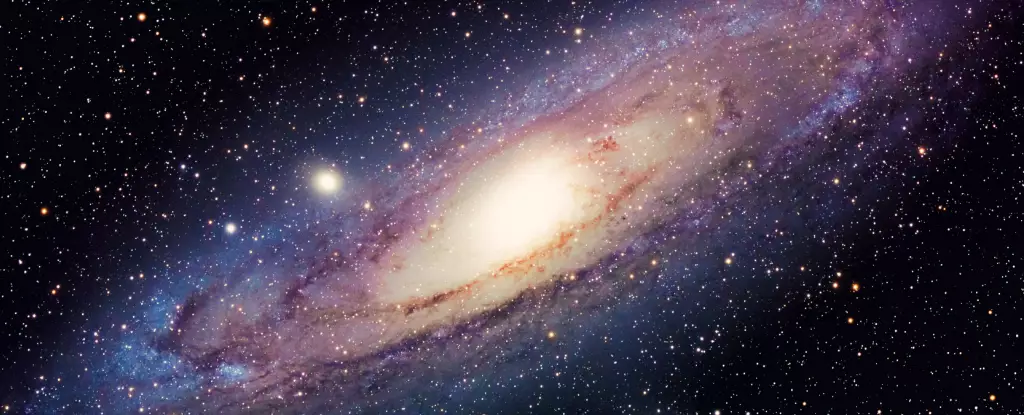When we gaze up at the night sky, the vast expanse of our galaxy seems peaceful and serene. However, hidden within the swirling gas and starlight lies a history of violence and turmoil. The scars of past cataclysmic events are often indistinguishable from the natural evolution of the cosmos, leaving astronomers to unravel the mysteries of our galactic origins.
Recent data collected by the Gaia satellite has provided new insights into the structure of the Milky Way. An international team of researchers has observed a distinct S-shaped bend in the galaxy’s disk, sparking speculation about a possible encounter between our galaxy and a neighboring group of stars. Could this bend be evidence of a past collision with the Sagittarius Dwarf Spheroidal Galaxy, or is it simply a natural feature of galactic aging?
Astronomer Eloisa Poggio and her team at the Italian National Institute for Astrophysics have meticulously studied the positions and movements of thousands of stars within the Milky Way. By analyzing the data of young giants and distance marker stars known as Cepheids, they have identified a subtle oscillation in the galaxy’s disk. This wave-like motion suggests a rolling pattern of stellar movement, distinct from the overall rotation of the Milky Way.
The corrugation observed in the galaxy’s disk extends over a vast spatial distance, reaching a quarter of the way towards the outer edges. Stars within this region exhibit deviations from their expected paths, indicating an underlying wave propagating through the galactic disk. The outward movement of these stars, at speeds of 10 to 15 kilometers per second, hints at a significant disturbance in the fabric of our galaxy.
The connection between the observed warp in the Milky Way’s disk and the underlying wave remains a topic of debate among researchers. Is there a common cause driving these phenomena, or are they independent features of our galaxy’s complex history? By utilizing numerical simulations, scientists hope to unravel the mysteries of these galactic structures and uncover the origins of the observed corrugation.
Our galaxy may appear tranquil from afar, but a closer inspection reveals the hidden bruises of past cosmic events. By scrutinizing the subtle movements of stars and detecting anomalies in their trajectories, astronomers can reconstruct the violent history of the Milky Way. The search for traces of past grievances within our galaxy continues, as we delve deeper into the mysteries of the cosmos.

Leave a Reply